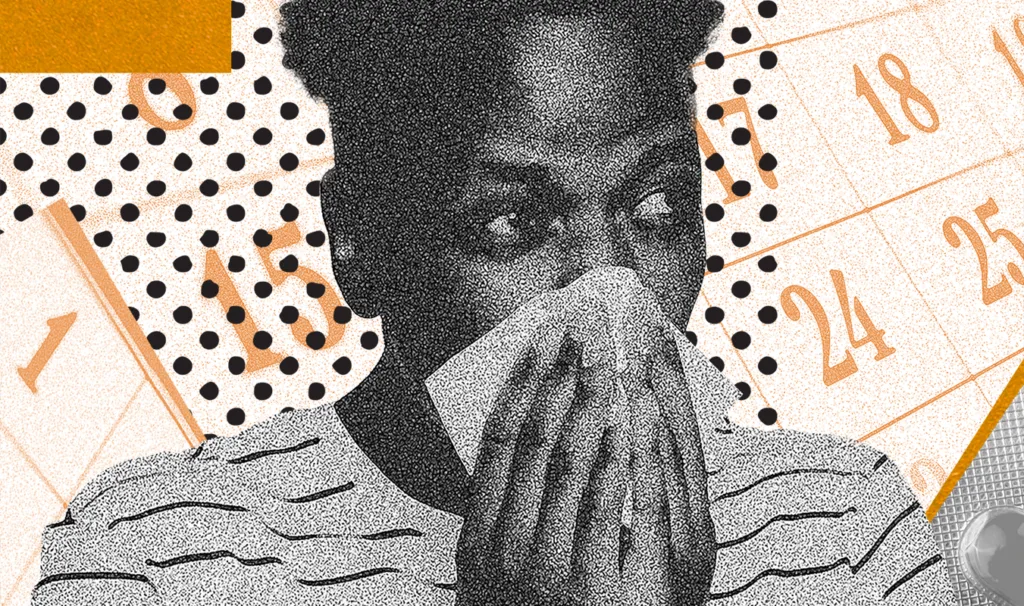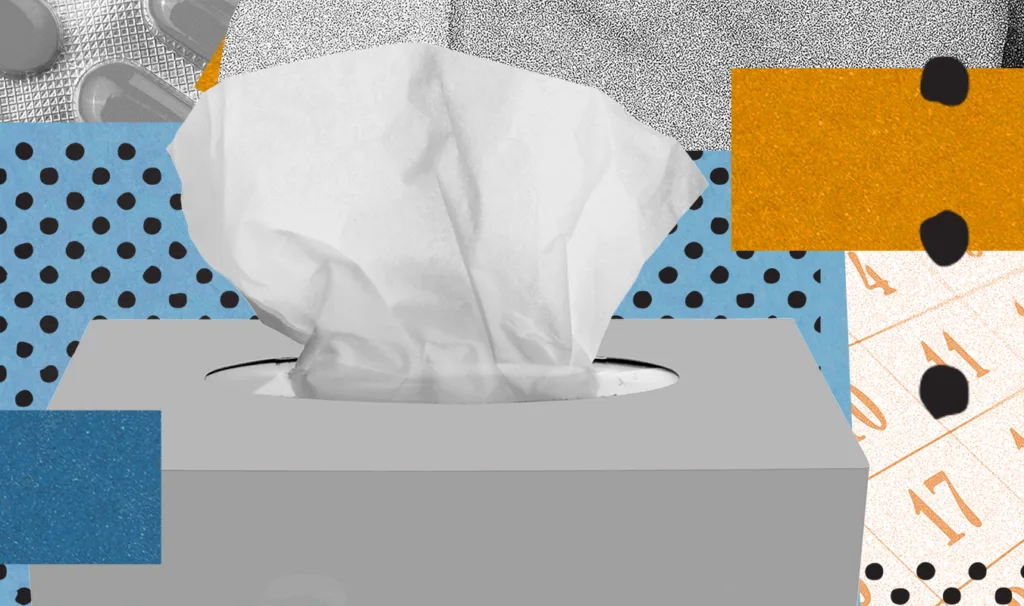The Top 10 Most Common Winter Ailments: What You Need to Know
During the winter months, many people experience a variety of ailments that are specific to the season. These ailments can range from common colds and flu to more serious conditions like pneumonia and bronchitis. At True Care, your priority is your health so we have compiled the top 10 most common winter ailments and all the ways to recognize, prevent and manage them.
Why understanding winter ailments is crucial
Understanding winter ailments is crucial for several reasons. Firstly, knowing the most common winter ailments allows individuals to recognize the symptoms early on and seek appropriate medical attention. This can prevent the illness from worsening and potentially reduce the duration of the illness.
Secondly, understanding winter ailments helps individuals take the necessary preventative measures to minimize their risk of getting sick. By knowing the causes and transmission methods of these ailments, people can make informed decisions about their lifestyle and hygiene practices.
Finally, being aware of winter ailments empowers individuals to take proactive steps to boost their immune system and overall health during the colder months. This may include adopting a healthier diet, staying active, practicing good hygiene, and getting the necessary vaccinations.
The CDC recommends the flu, COVID-19, and RSV vaccines.
In the next section, we will delve into the first common winter ailment: the common cold, and discuss its causes, symptoms, and prevention strategies.
Cold and flu: the perennial winter illnesses
Cold and flu are the perennial winter illnesses that affect millions of people each year. The common cold is caused by different strains of the rhinovirus, while the flu is caused by the influenza virus. Both illnesses share similar symptoms, such as coughing, sneezing, runny nose, and fatigue.
To prevent the cold and flu, it is crucial to practice good hygiene, such as washing hands frequently with soap and water, using hand sanitizers, and avoiding close contact with sick individuals. Additionally, getting the flu vaccine annually can significantly reduce the risk of contracting the flu.
If you do catch a cold or the flu, it is essential to rest, stay hydrated, and avoid spreading the illness to others. Over-the-counter medications can help alleviate symptoms, but it is important to consult a healthcare professional if symptoms worsen or persist.

Seasonal allergies: more than just springtime woes
While most people associate allergies with the blooming of spring flowers, they can actually be a year-round issue, including during the winter months. Seasonal allergies in the winter are often triggered by indoor allergens such as dust mites, pet dander, and mold.
Symptoms of winter allergies may include sneezing, itching, nasal congestion, and watery eyes. To manage these symptoms, it is important to keep your indoor environment clean and free from allergens. Regularly vacuuming, dusting, and washing bedding can help reduce exposure to allergens. Using air purifiers and keeping humidity levels low can also be helpful in minimizing allergies during the winter months.
If you are experiencing severe or persistent symptoms, it is recommended to consult with an allergist who can provide a proper diagnosis and treatment plan.
Chapped lips and dry skin: common winter skin issues
During the winter months, chapped lips and dry skin are common skin issues that many people face. The cold, dry air can strip the skin of its natural moisture, leaving it feeling tight, flaky, and uncomfortable.
To combat these problems, it’s important to keep your skin hydrated. One way to do this is by using a moisturizer that is suitable for your skin type. Look for products that contain ingredients like hyaluronic acid, glycerin, and ceramides, as these can help lock in moisture and restore the skin’s barrier function.
In addition to moisturizing, it’s also important to protect your skin from the harsh winter elements. Wear gloves and scarves to shield your skin from the cold wind, and consider using a lip balm with SPF to protect your lips from sun damage.
Seasonal affective disorder: the winter blues
Seasonal affective disorder, also known as SAD, is a common ailment that affects many people during the winter months. Often referred to as the “winter blues,” SAD is a type of depression that is linked to changes in seasons.
The lack of sunlight during the winter can disrupt our body’s internal clock, leading to feelings of sadness, low energy, and a lack of motivation. Other symptoms may include changes in appetite, difficulty concentrating, and withdrawal from social activities.
If you find yourself experiencing these symptoms year after year, it’s important to seek help from a healthcare professional. Treatment options for SAD may include light therapy, counseling, and medication.

Snow shoveling injuries: a hidden danger
While the winter landscape may be beautiful, it also comes with its own set of hazards. One common winter ailment that often goes unnoticed is snow shoveling injuries. The act of removing snow from driveways and walkways can put a significant strain on our bodies, leading to a variety of injuries.
The repetitive motion of shoveling snow can lead to strains and sprains in the muscles and joints, particularly in the back and shoulders. The cold temperatures also constrict our blood vessels, making it more difficult for our muscles to receive adequate blood flow, increasing the risk of injury.
To prevent snow shoveling injuries, it’s important to approach the task with caution. Warm up your body with some light stretching before you start and use proper body mechanics while shoveling. Consider breaking up the task into smaller chunks and taking frequent breaks to avoid overexertion.
If you do experience any pain or discomfort after shoveling, it’s important to listen to your body and seek medical attention if necessary.
Frostbite and hypothermia: serious winter threats
Frostbite and hypothermia are two serious threats that can occur during the winter months. Frostbite occurs when the skin and underlying tissues freeze due to prolonged exposure to extremely cold temperatures. It commonly affects the extremities such as the fingers, toes, ears, and nose.
Hypothermia, on the other hand, is a condition where the body loses heat faster than it can produce, causing abnormally low body temperature. This can occur when outside temperatures are extremely cold or if you are exposed to wet and windy conditions without proper protection.
Both frostbite and hypothermia require immediate attention and can lead to serious complications if left untreated.
Respiratory illnesses: bronchitis and pneumonia
Respiratory illnesses such as bronchitis and pneumonia are also common during the winter months. Bronchitis is an inflammation of the bronchial tubes that carry air to the lungs, usually caused by a virus. Symptoms include a persistent cough, chest congestion, and difficulty breathing.
Pneumonia, on the other hand, is an infection that causes inflammation in the lung tissue. It can be caused by bacteria, viruses, or fungi, and symptoms include cough, fever, chills, chest pain, and difficulty breathing.
These respiratory illnesses can be particularly dangerous for the elderly, young children, and those with weakened immune systems. It’s important to take steps to prevent respiratory illnesses, such as washing hands frequently, avoiding close contact with sick individuals, and getting vaccinated against the flu.
Staying healthy during the winter months: prevention and treatment
In addition to respiratory illnesses, there are several other common winter ailments that you need to be aware of. Winter can also exacerbate conditions such as arthritis and asthma–cold weather and changes in temperature can cause joint pain and stiffness in arthritis patients, while cold, dry air can trigger asthma attacks. COVID-19 is still a common illness and we need to continue taking precautions to stop the spread.
It’s crucial to be aware of the most common winter ailments and take preventative measures to protect our health during the cold months. Whether it’s respiratory illnesses like the flu or issues like dry skin, arthritis, and asthma, the winter season can bring a host of challenges to our well-being. Stay on top of your health and visit your Primary Care Physician or an urgent care clinic if you have any new symptoms. Telehealth is a convenient way to seek the health care you need without leaving home! Visit our partner, Swift Urgent Care, if you are too weak to walk but need to see a provider!






